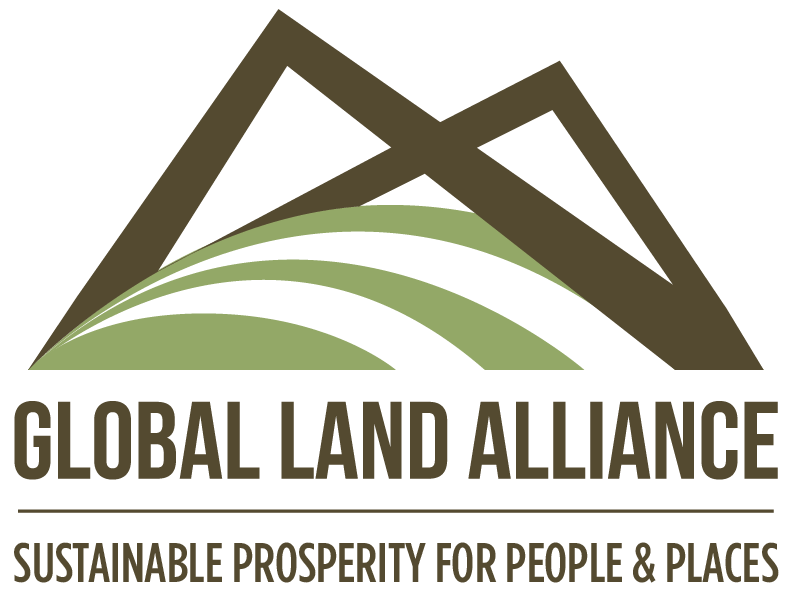Free, Prior and Informed Consent (FPIC) for Fair and Equitable Land Governance
The following text was written by Global Land Alliance on Free Prior and Informed Consent (FPIC) for a 2022 study on Social and Environmental Safeguards in 5 Latin American and Caribbean counties.
Indigenous Peoples and Local Communities (IPLC) across the world are subjected to environmental, social and cultural degradation that are tied to the way land is governed. In international discourse, there has been an increasing focus, not just uplift the struggles of IPLC, but to make sure that their voices, sovereign rights and knowledge have a seat at the table. The inclusion of Indigenous peoples in decision making processes and self-determination goes beyond consultation, the rights set forth under United Nations Declaration on the Rights of Indigenous Peoples (UNDRIP) obliges the free, prior and informed consent.
The principle and right of ‘free, prior and informed consent’, according to the United Nations demands that states and organizations of all kinds and at all levels obtain Indigenous peoples’ authorization before adopting and implementing projects, programs or legislative and administrative measures that may affect them. It emphasizes that Indigenous peoples must be included in consultative processes, that the time requirements for these processes be respected and that information on the likely impact of activities be disclosed in advance. Legitimate consultation measures ensure that activities or actions planned respond to Indigenous peoples’ concerns and interests, thereby allowing a self-determined development process (FAO 2010).
International legal framework and obligations to FPIC lays the foundation for the respect of cultural rights, participation and inclusion by allowing Indigenous communities to give, or withhold, consent which may affect them or their territories. The consent must be free (voluntary, without coercion, intimidation or manipulation), prior (obtained sufficiently before authorization is given on a project) informed (engagement and information are provided). The normative framework of FPIC are contained in many legal instruments such as the: International Covenant on Civil and Political Rights (ICCPR), International Covenant on Economic, Social and Cultural Rights (ICESCR), International Convention on the Elimination of All Forms of Racial Discrimination (ICERD), Convention Concerning Indigenous and Tribal Peoples in Independent Countries (ILO convention 169), the American Convention on Human Rights, African Charter on Human and Peoples’ Rights (ACHPR), Convention on Biological Diversity (CBD). FPIC is further affirmed in numerous international and regional instruments.
Processes for FPIC are rarely codified in national laws, however the “Voluntary Guidelines on the Responsible Governance of Tenure of Land, Fisheries and Forests in the Context of National Food Security” provides recommendations on what to consider, such as process, resource, time, wide participation, accessibility, trust, cultural sensitivity, and respecting the right to say ‘no’ (FAO 2014: 13-15). The aim of FPIC is “not to discourage investment and prevent the development of new farmlands, but rather to ensure that such expansion occurs in ways that respect rights, secure favourable and sustainable livelihoods, and divert pressure away from areas that are crucial to local livelihoods and have high conservation value” (FAO 2014: 4).
Before engaging with projects could with Indigenous territories and resources that Indigenous Peoples customarily own, occupy or otherwise use in view of their collective rights, donors must ensure that FPIC principles and objectives are adhered to throughout the project. FPIC processes “will vary according to the specific local context in which a project is to be developed. It may also be the case that the Indigenous Peoples affected already have their own FPIC guidelines” (FAO 2016: 19). While there is no universal one-size-fits-all process for FPIC, the below flowchart outlines recommended steps by the FPIC Manual for Practitioners published by the FAO[1] that is adaptable and flexible to local contexts. Project identification should (1) Identify the Indigenous Peoples concerned and their representative(s) and (2) conduct and document participatory mapping of land use and natural resources, communication channels/media, and customary rights. The project formulation should (3) design a participatory communication plan and carry out iterative discussions through which project information will be disclosed in a transparent way, and as (4) reach consent, document indigenous peoples’ needs that are to be included into the project, and agree on a feedback and complaints mechanism. As the process is ongoing, the project implementation must (5) conduct participatory monitoring and evaluation of the agreement. At the conclusion of the project, the stakeholders of the FPIC process should (6) document lessons learned and disclose information about project achievements (FAO 2016: 19-30).
Figure 1 Source FAO 2016: 19
International development is rooted in improving the human condition worldwide, FPIC is key in this human rights-based approach. It prioritizes Indigenous Peoples’ effective participation in determining how best to achieve self-determined outcomes to meet their needs and aspirations, particularly using parameters that emanate from their respective cultures. To achieve equitable, inclusive and transparent land governance, donors and governments should seek to apply this process whenever Indigenous land, territory, resources or culture is impacted.
Sources:
FAO (2010): “FAO Policy On Indigenous And Tribal Peoples” retrieved Jan 6, 2022. https://www.fao.org/fileadmin/user_upload/newsroom/docs/FAO_policy.pdf
FAO (2014): “Respecting free, prior and informed consent” retrieved Jan 6. 2022. https://www.fao.org/3/i3496e/i3496e.pdf
FAO (2016): “Free Prior and Informed Consent An indigenous peoples’ right and a good practice for local communities: Manual for Project Practitioners” Retrieved Jan 7, 2022. https://www.fao.org/3/i6190e/i6190e.pdf.
[1] The manual was developed by a coalition consisting of: The Food and Agriculture Organization of the United Nations (FAO); Action Against Hunger (ACF); Action Aid (AA); Deutsche Gesellschaft für Internationale Zusammenarbeit (GiZ); International Federation of Red Cross and Red Crescent Societies (IFRC); Agencia Española de Cooperación Internacional para el Desarrollo (AECID); and World Vision International (WVI). The full manual can be accessed here https://www.fao.org/3/i6190e/i6190e.pdf


